When visiting Athens and contemplating the Parthenon and its 25 centuries it is difficult not to become passionate about the history of the city! But in Greece, reality sometimes merges with mythology. Between myth and reality let’s discover the fascinating History of the Greek capital!
Summary
Athens in mythology
Athena protective goddess of Athens
Athens would have been born in the spirit of Zeus. Two gods, Athena and Poseidon, would have quarrelled to become the protector of the city. In order to choose a contest was organized: each of them had to offer a gift to the Athenians who would elect their favorite god.
With his trident Poseidon struck a rock and made a salt water spring gush out. Athena created the olive tree, a symbol of peace. The men voted for Poseidon but the women, more numerous, preferred Athena who became the protector of Athens.
On this painting exhibited in the Louvre museum, Noël Hallé represented Minerva and Neptune who were assimilated to Athena and Poseidon in Roman mythology. We see Neptune with his trident on the right, while Minerva stands in the centre next to an olive tree.
Theseus the king of Athens who struck down the Minotaur.
Another myth surrounds the history of Athens: that of King Theseus.
Athens lives through a drama: Minos, king of Crete, demands that Athens sacrifice seven boys and seven girls every nine years to the Minotaur. Theseus decides to put an end to this drama and to go to kill the monster. His father Aegeus tries to hold him back, in vain, but asks Theseus to hoist white sails on his boat upon his return if he comes back alive.
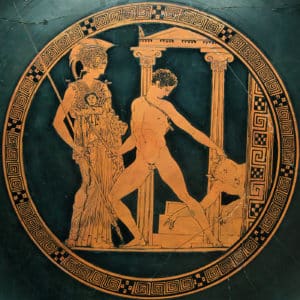
To survive, Theseus must not only defeat the Minotaur he also need to find the way out of the Daedalus labyrinth where the monster is imprisoned. Ariadne, daughter of King Minos, falls in love with Theseus and in exchange for the promise of their marriage offers him a ball of yarn that will allow her to find the exit.
Theseus manages to kill Minotaur and comes out of the labyrinth alive thanks to Ariadne’s thread. He returns to the sea in the company of the beautiful woman who has just betrayed his father but, reluctant to marry her, abandons her on a desert island. To punish his betrayal the gods surround Theseus’ boat with a fog that disturbed his memory.
Thus, Theseus forgets to change the sails of his ship, so that when Aegeus sees the ship still flanked by black sails he believes his son is dead and threw himself into the sea that would henceforth bear his name.
The true story of Athens
In reality, the history of Athens is a little less grandiloquent, even if it is no less exciting! The first signs of life in the region are very old, a fortress took place there as early as the Neolithic period but the city really took shape around 1400 BC with the Mycenaean civilization.
Around 800 BC, its high fort based on the Acropolis, its access to the sea and its central location make Athens a strategic place in the center of the Greek world. It became a city-state governed by kings accompanied by a council, the Areopagus, made up of a court of nobles: it was an aristocratic power.
Around 700BC the city was managed by an oligarchy composed of 9 members elected by the eupatrides, the descendants of the nobles who conquered Attica. But this concentration of power towards a high social class arouses the discontent of the people. So, to avoid abuses, a first code of law was dictated by the Dracon legislator in 621 BC. His successor, Solon, went further by creating a people’s court and forming the Boulè a council made up of 400 citizens: the idea of a democracy began.
The century of Pericles: the Golden Age of Athens
If this democracy is going to be able to be formed, it is thanksto a tremendous boost from fate. In 490BC and 480BC, the Athenians defeated the Persians and got rid of external threats. This peaceful and prosperous period allowed the city to concentrate on its cultural influence: it was the “century of Pericles”. This politician embellished the city, surrounded himself with artists to praise the splendour of Athens and encouraged democracy. He also had some of the city’s most emblematic monuments built, such as the Temple of Nikè, the Erechtheion and above all the Parthenon, which was built in only 9 years!
But this golden age lasted only about fifty years: the other Greek cities looked down on Athenian imperialism and Sparta triggered hostilities in 431 BC: it was the Peloponnesian War, Athens was defeated in 404 BC. The city that would later fall under the rule of Alexander the Great and then the Roman Empire. It would no longer regain its political importance but it would continue to exert a cultural influence. Unfortunately the successive wars are the source of many lootings …
The rest is not very glorious… Athens is taken by the Franks then by the Catalans, the Florentines and the Ottomans ! The Parthenon became a temple of the Virgin then a mosque during the Byzantine period. The coup de grâce came from the Venetians: at the end of the 17th century they besieged and bombed Athens. Thinking that the Parthenon, a place of worship, would not be targeted, the Turks stored their gunpowder there but a shell pierced the roof of the monument on the evening of September 26th 1687… it was a disaster, only ruins remained.

Athens Today
Since the 1830s and the independence of the Greek state, Athens has gradually been rebuilt. Today it is a large metropolis where more than 3.7 million people live, a third of the Greek population!
The monuments are also the subject of excavations, research and restoration campaigns. Athens is a bustling and exciting city-museum where the ruins of historical monuments rub shoulders with modern buildings.

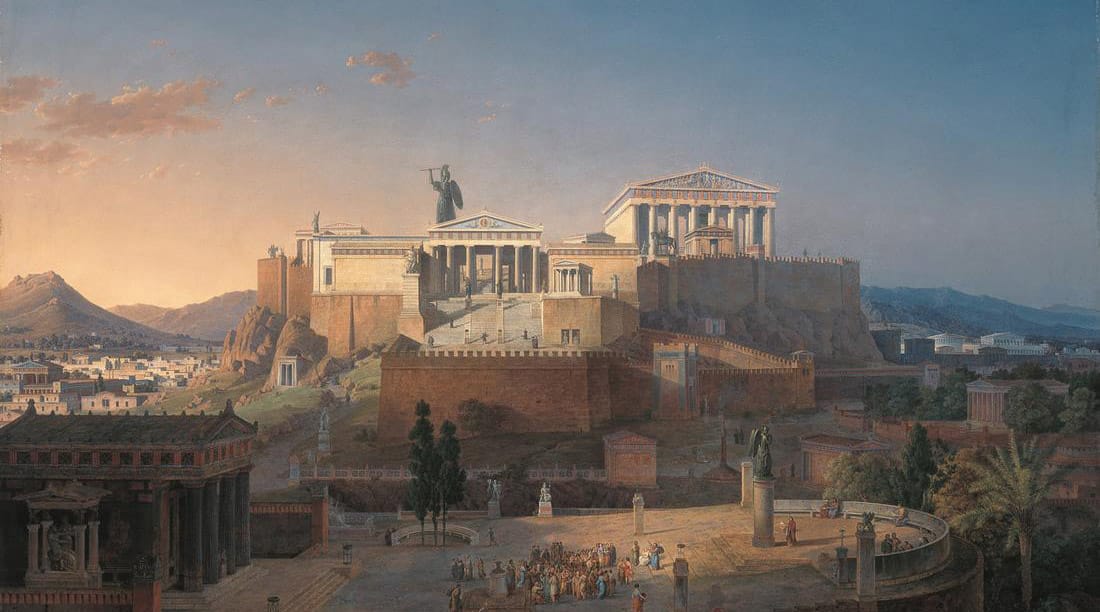

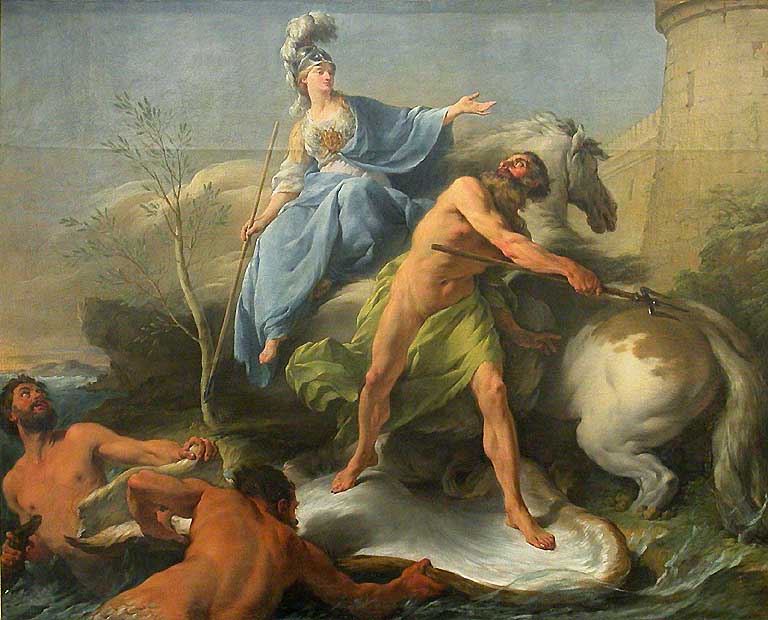
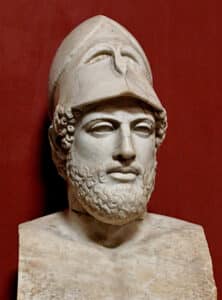
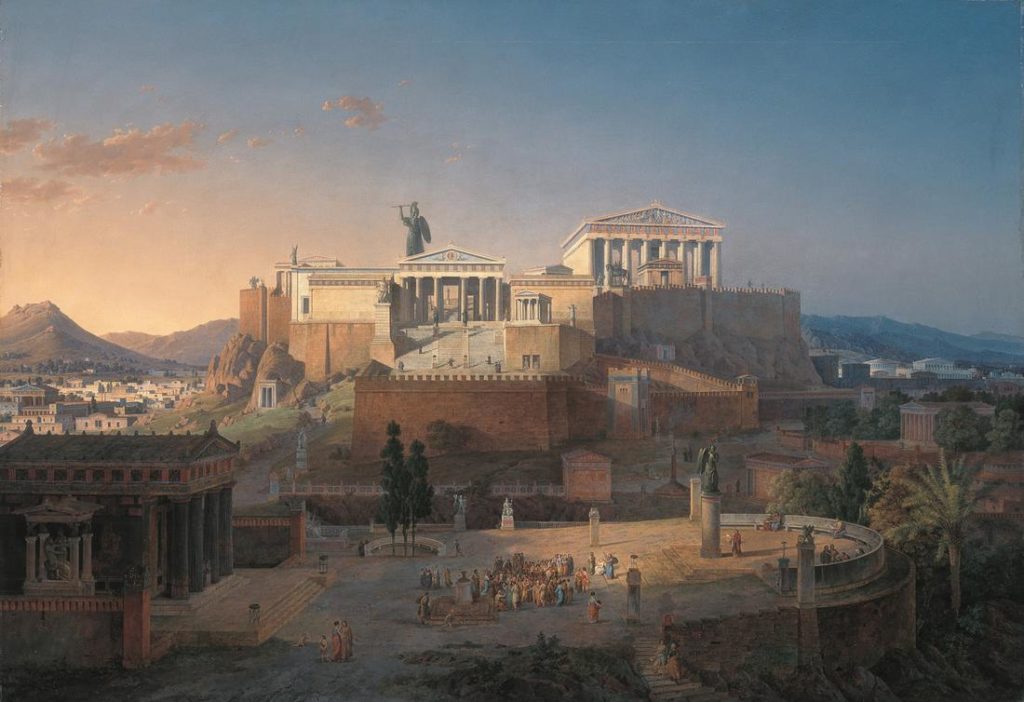


No Comments
Leave a comment Cancel